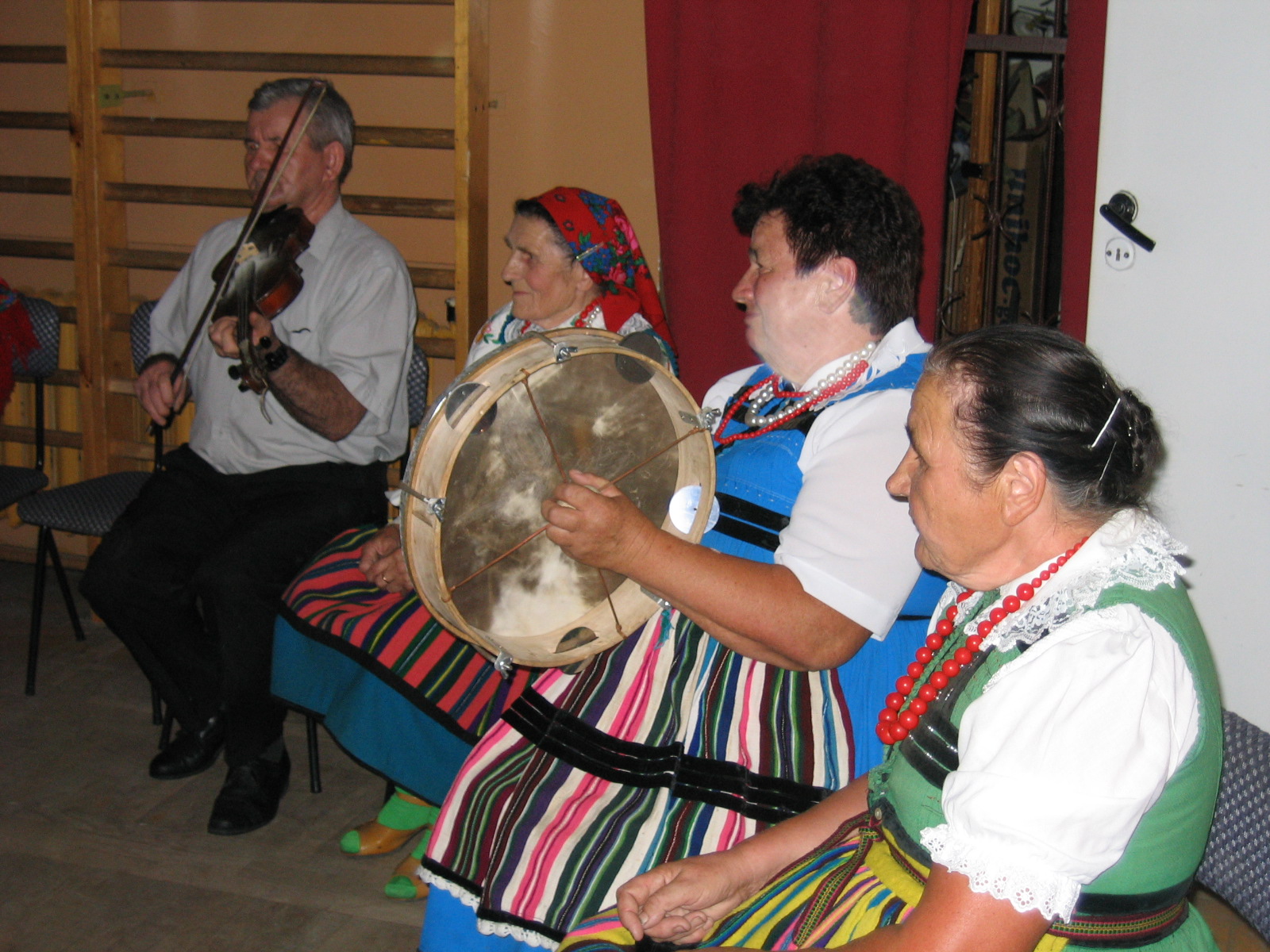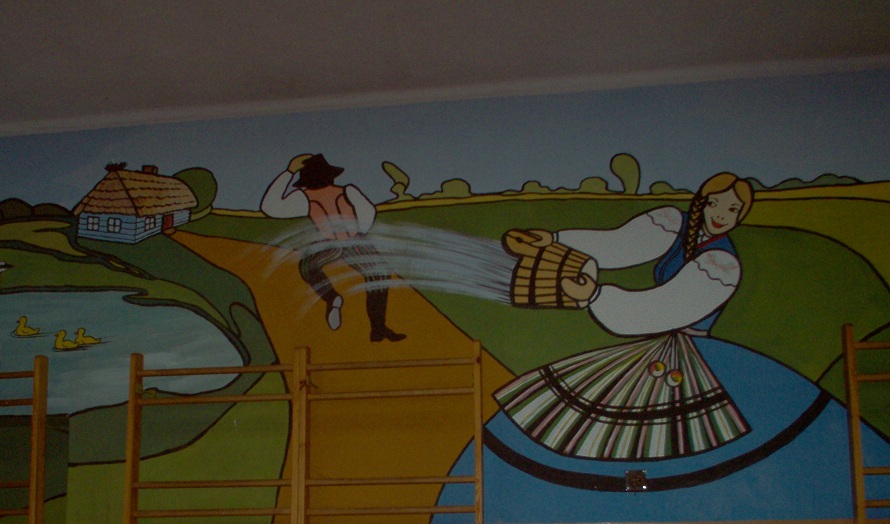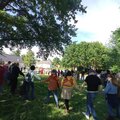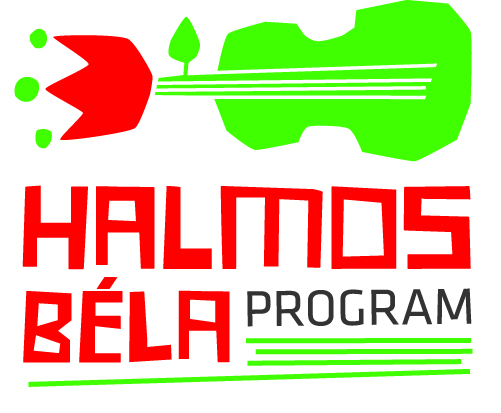The first time I was the guest of the summer camp organized by the Dom Tańca (’Dance House’) Foundation of Poland in 2006 in the village of Gałki Rusinowskie. This village is in the Mazovian Voivodship in the ethnographical microregion of Radom (’Radomszczyzna’). This region had such an important role in the start of the Polish dance house movement, as the Transylvanian Mezőség in the Hungarian movement. (That means that the music and dances from this region was the most popular and most well-known amongst fans for the first time.)

We (me and Marianna, my classmate from the Polish studies in the university) met most of the famous personalities of the Polish dance house movement, like Janusz Prusinowski, the well-known musician, leader of the folk music group Prusinowski Kompania, Remigiusz („Remek”) Mazur-Hanaj and his wife Agata Harz, foundators of the In Crudo publishing office, Grzegorz Ajdacki, instructor of Polish dances and coreographer, Szymon Brzeziński, a historian who was the non-official "ambassador" of the Polish folk culture in Budapest for years, and Andrzej Bieńkowski, collector and publisher of many original recordings from the Polish countryside. Obviously we also met some of the native musicians and dancers of the Polish villages from the Radom regions and we learned a lot from them not just about the music and dances but also interesting things of the Polish language. Maybe the most important of these old musicians and dancers was Jan Gaca, the legendary fiddler from Przystałowice. (Later on I met him some other times as well after this summer camp, when we made some ethnographical collections and also dance house parties with my Polish friends in the original locations of the countryside.) Jan Gaca unfortunatelly died in 2013, but we have many recordings from him, and his apprentices keep his memories alive to nowadays.
We saw in Gałki how the old Polish bands of the countryside got together and what instruments they used. Beside the violin and the little hand-drum (’bębenek’) we found another interesting instrument, called accordion with pedals (’harmonia pedalowa’) or harmonium. In the case of this instrument the musician do not blow the air with his or her hands to the instrument, but with his or her legs, using two pedals.
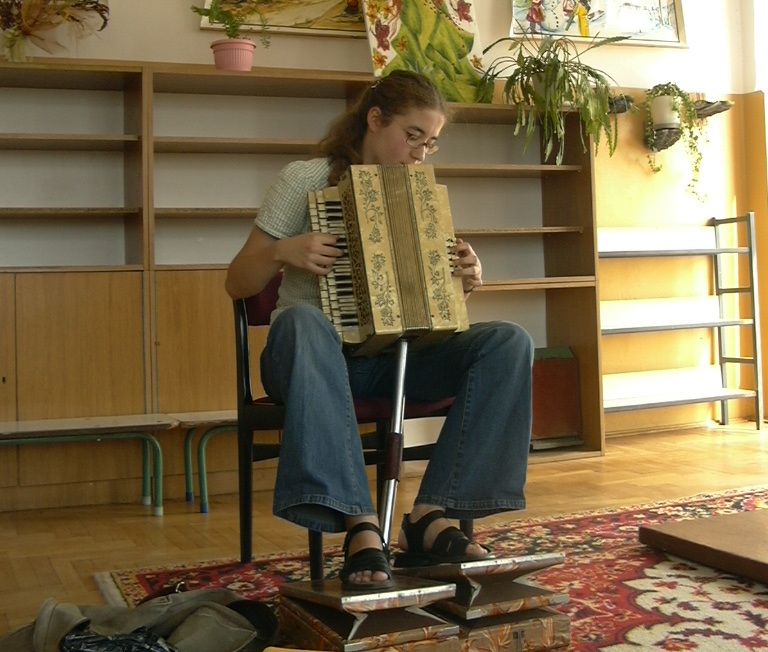
We learned the most important dances of the Radom region. The oberek (the slower dance) was easy but unusual (in the case of rythm) for us as Hungarian dancers for the first time. (Actually it was easier for Marianna, because she learned much variated dances before, she is a talented dancer of Irish step.) The other, much quicker dance the polka was much more familiar for us as well.
The Polka Mazur dance also exists in the Radom region as. (Mazur in masculine or Mazurka in feminine form was originally the words for the inhabitants of the Mazovia region in Polish.) I noticed that the musicians in the Polish villages also played always tango and waltz, and that it is much more accepted in the Polish dance house movement to treat these dances as the part of the village tradition, than in the Hungarian dance house movement, which has maybe a much more purist perception about tradition.
We also learned some little Polish "forth-songs" or "prepare-songs" (’przyśpiewki’) for dances, which have similar functions as the dance cries for the vibe (’csujjogatások’) in the Hungarian dance house parties. But in the Polish case this cries or shouts are not just rapped for the rythm of the dance, but they have their own melodies as well.
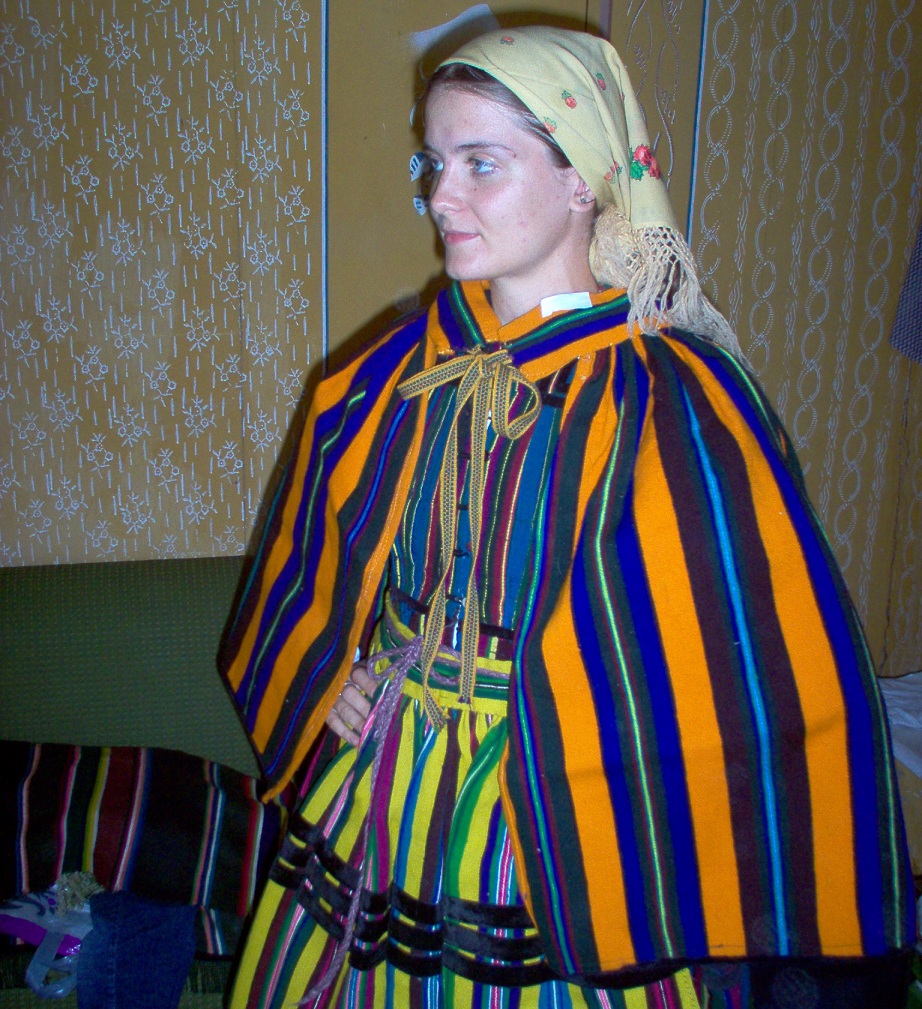
We heared many ballades (epic poems) in this camp too. The ballades have an important role in the folklore and in the national consciousness in Eastern Poland, and I learned much more about that in the next camp of Dom Tańca in Szczebrzeszyn two years later.
I think this camp was a very important experience for me and Marianna as well for dance house fans and as for students of polonistics as well. We learned much about the Polish folclore and we continued our studies even more entusiasthically after that.
More Warsaw Return articles here
THE INTERVIEW WAS SUPPORTED BY THE WACŁAW FELCZAK FOUNDATION
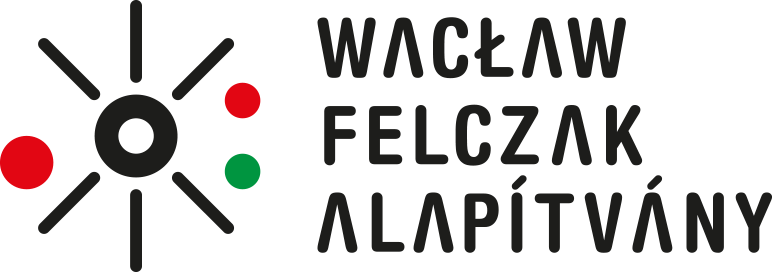

A bejegyzés trackback címe:
Kommentek:
A hozzászólások a vonatkozó jogszabályok értelmében felhasználói tartalomnak minősülnek, értük a szolgáltatás technikai üzemeltetője semmilyen felelősséget nem vállal, azokat nem ellenőrzi. Kifogás esetén forduljon a blog szerkesztőjéhez. Részletek a Felhasználási feltételekben és az adatvédelmi tájékoztatóban.
